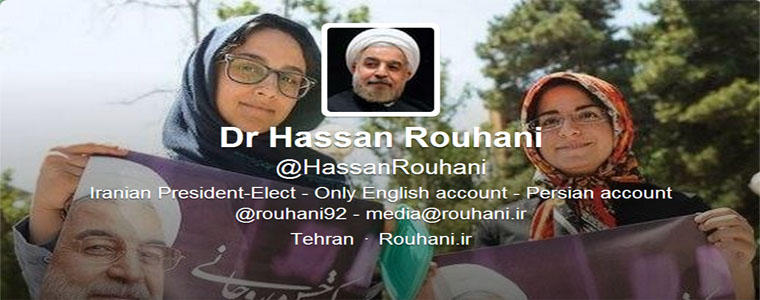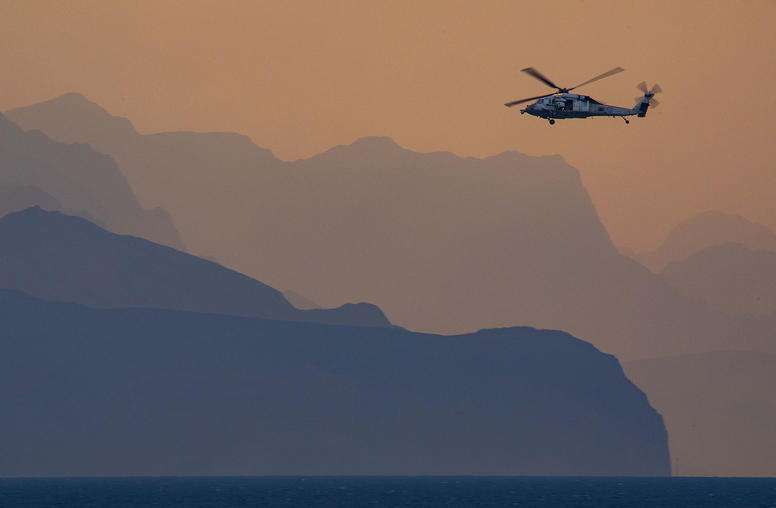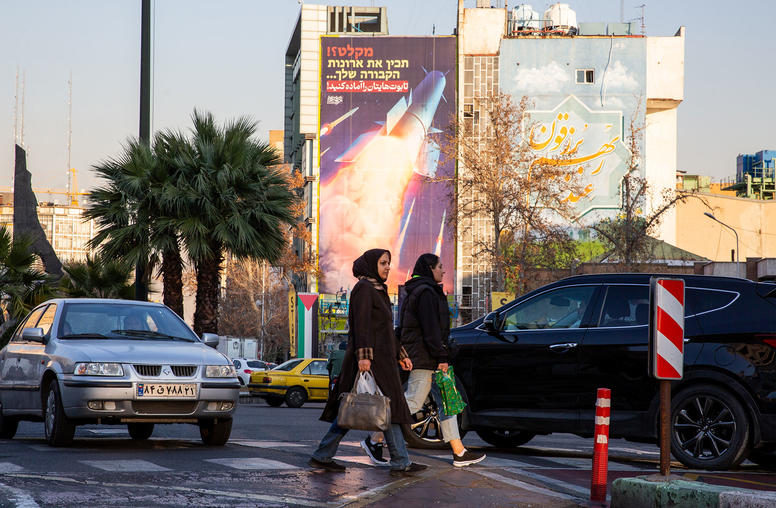Iran’s Rouhani is on Twitter: Change in 140 Characters?

Hassan Rouhani is big into Twitter. (Or at least someone in his office is.) Since his election, Iran’s new president has tweeted prolifically —in both English and Farsi – on everything from World Cup soccer to women’s rights, from nuclear negotiations to Internet censorship.
@HassanRouhani is his English language account. It now offers one of the most telling (not to mention concise) windows into his thinking—and how the Scottish-educated cleric wants the world to perceive him. Although Twitter is periodically banned in Iran, Rouhani also has a feed in Farsi @rouhani92 for an Iranian audience, according to an administrator who responded to inquiries through the president’s official Facebook page.
Rouhani’s two Twitter accounts have even been used to declare his policies. Some tweets offer tantalizing hints at change.
On the nuclear controversy, Rouhani’s English feed tweeted that Iran could take “more steps” to show compliance with an international treaty.
On foreign policy, it tweeted about a new openness to direct U.S.-Iran talks.
On basic freedoms, his tweets criticized censorship and supported women’s rights.
Iranians seem to have a “don’t ask, don’t tell” relationship with Twitter and Facebook. Both have been periodically blocked, especially around elections. But millions of Iranians use software to get around government blocks on websites and social media. And many Iranian leaders and organizations have accounts that appear official. Seven of the eight presidential candidates opened Twitter accounts for the 2013 campaign. Even Supreme Leader Ayatollah Ali Khamenei has official Twitter and Facebook accounts.
Rouhani’s English-language account was launched on May 5. It had more than 13,000 followers by late July and produced up to 50 tweets per day. But @HassanRouhani only followed four on Twitter — Supreme Leader Ali Khamenei, former President Mohammed Khatami, former President Akbar Hashemi Rafsanjani and former presidential candidate Mohammad Reza Aref.
The scope of the president-elect’s personal involvement in his Twitter accounts is unclear. But he is fluent in English. Rouhani received master’s and doctoral degrees from Glasgow Caledonian University in the 1990s. @HassanRouhani even tweeted a link to a video of him receiving his doctorate. And the pace of Rouhani’s tweets has increased since the election, as has the range of topics tweeted.
The English account is savvy in its use of Twitter shorthand and hashtags. In a country where Western media is hard to find, the account has retweeted articles from The Wall Street Journal, CNN and other American media—notably pieces that portrayed his election as a fresh start for Iran and the outside world.
A third account— @HassanRouhani, which tweets in Arabic, English, French and Spanish—is not associated with the president-elect, the Facebook administrator said.
For a full rundown of tweets by @HassanRouhani on the U.S., the economy, on women, on nukes and on sports, see the full article on USIP’s Iran Primer web site, the go-to resource on all things Iran. It’s produced in partnership with the Woodrow Wilson International Center for Scholars.
Garrett Nada is a program assistant at USIP.



